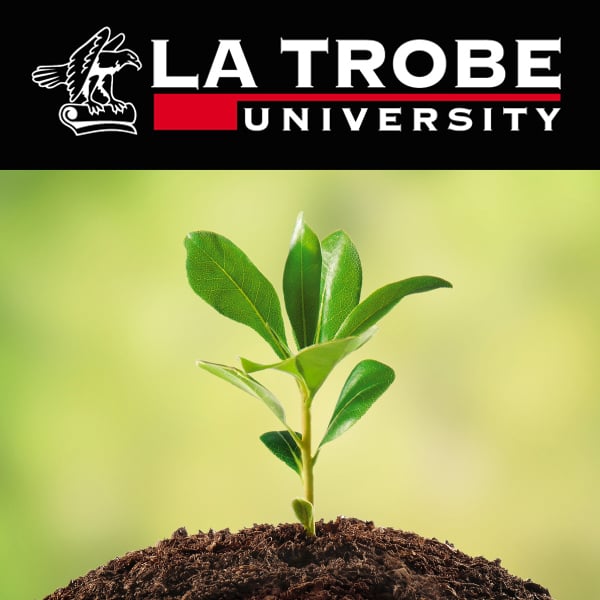Photosynthesis II
Description
So how does photosynthesis actually work?
In this lecture we explore the structures that capture light energy, photosystems 1 and 2, and how that light energy is harnessed to generate NADPH, and to build up a proton gradient across the thylakoid membrane. Just like in a hydroelectric plant, the proton gradient drives a little "turbine" that generates ATP. In this "light reaction" part of photosynthesis, light energy that is freely available from our sun is converted into chemical energy in the form of NADPH and ATP.
The chemical energy is then used in the Calvin-Benson cycle to fix atmospheric carbon dioxide. There are three main phases: actual fixation, catalysed by an enzyme referred to as Rubisco; reduction from an organic acid to an aldehyde which really is the first sugar; and recycling of the acceptor molecule.
Some plants employ a "carbon dioxide enrichment" process. The first fixation results in an organic molecule, most often malate, containing 4 carbon atoms - hence "C4 photosynthesis". Thanks to a very specialised leaf anatomy, the pre-fixed carbon dioxide is released in the bundle sheath cells, resulting in very high carbon dioxide concentrations which enable Rubisco to work very efficiently. The trade-off is a higher energy requirement.
A similar mechanism of pre-fixation with a temporal separation is used by CAM plants.
Copyright 2012 La Trobe University, all rights reserved. Contact for permissions.
More Episodes
Over thousands of years, humans have "domesticated" wild type plants and animals through selective breeding. Examples from the plant world include the breeding of modern hybrid maize from teosinte, or the development of modern wheat from emmer.
As our knowledge of genomics and molecular...
Published 10/30/12
Published 10/30/12
Over thousands of years, humans have "domesticated" wild type plants and animals through selective breeding. Examples from the plant world include the breeding of modern hybrid maize from teosinte, or the development of modern wheat from emmer.
As our knowledge of genomics and molecular...
Published 10/30/12


